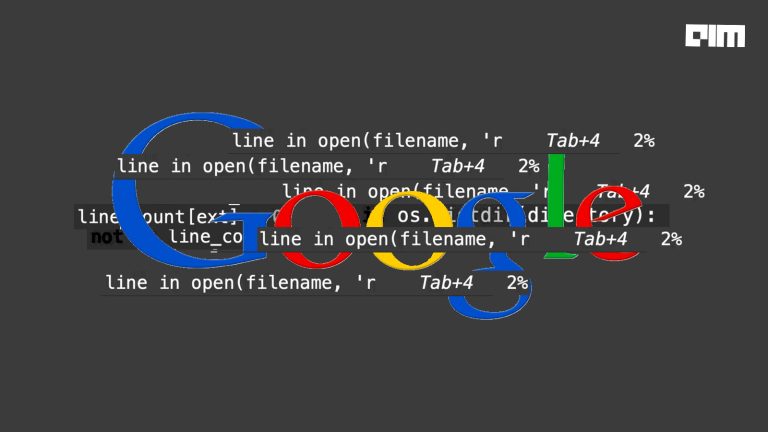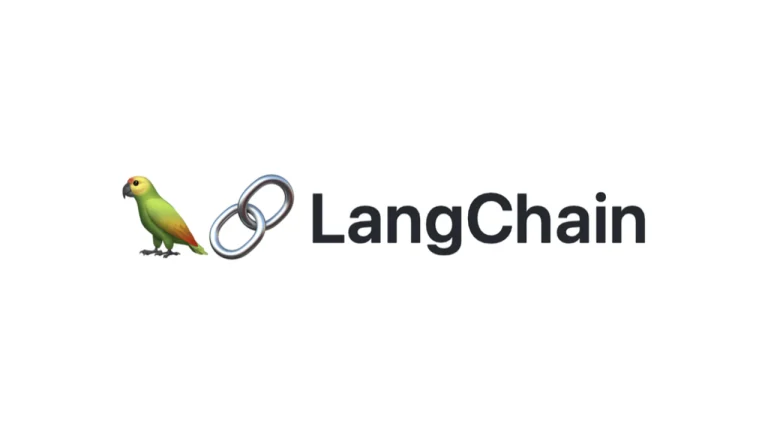The term optimisation is not only mathematically important but also closely linked to any business. Everyone aims to optimise the way things are executed, processed, or delivered. For a given problem, there is always going to be the best way among the many possible solutions or approaches, and this is usually referred to as an optimised solution. Here are a few examples of business optimisation:
- The one-way airfare between New Delhi and Bangalore is INR 5000. There are nine flights scheduled every week with a seating capacity of 120 to 340, depending on the plane type. The average occupancy per route is 150 passenger seats. Research shows that if there is a 3% reduction in ticket cost, then the occupancy is likely to increase by 12 passengers, on average. The constraints are plane type, occupancy rate, scheduling, time, and discount offers. The value of fare that can maximise the revenue and profit with the given constraints is a classic example of an optimisation problem.
- A tech support business servicing a large global client has daily incoming calls in the range of 20000 to 35000, in a 24 x 7 mode. The support staff is equipped to handle seven languages, and work can be executed in four different centres. The cost of operations varies in each region, and the tech-support specialist/engineers’ availability also has certain limitations. The setup of this project’s operations is another such case of business optimisation with the given constraints.
To solve any optimisation problem, there are three main fundamental elements that one needs to understand.
- The single numerical quantity or objective function: It forms the goal of the problem. This objective function must be either maximised or minimised. The best fare for travel is an example of minimisation.
- The variables and attributes associated with the problem statement: Their values can be varied, and their impact is likely to be observed on the objective. In the tech-support business, some of the variables are incoming calls by time-day-language, availability of right skills in each centre, cost of operations per seat, attrition rate and calls by technology-module pattern.
- The constraints: There is no business without constraints. Most of the constraints can be mapped to a combination of time, cost, quality, and tools & technology. Understanding the restrictions and limitations of a constraint can help in solving optimisation problems.
In the context of optimisation, a heuristic is defined as a method driven by rule-of-thumb without any specific procedure. A metaheuristics method is designed by leveraging more than one heuristic methods and thus inheriting all heuristic methods’ characteristics. Natures inspirations, such as ants searching for food, wolves hunting their prey, the formation of water droplets, diffusion of two chemicals, cell formation, the attraction between electrostatic objects, gravity, have resulted in the ‘Metaheuristics Algorithm’.
Metaheuristic algorithms’ adoption rate is surging in engineering, finance, retail, healthcare, insurance, and biomedical science. The optimisation is a critical factor in solving business and engineering problems. These algorithms can be summarised as a form of stochastic optimisation (an optimisation method that generates and uses random variables) independent of the surface gradient for optimisation. Most of these algorithms are inspired by different sources of nature and evolved from a purely mathematical model to a highly intelligent method of solving problems. Metaheuristics, along with machine language, is gaining wide acceptance in solving complex problems.
One advantage of metaheuristics is that it provides a platform-like structure for scientists to solve various optimisation problems, but the challenge is to select the right one. Most metaheuristic algorithms are derivation-free; they are more suitable for solving complex unknown derivative information in the search space.
The optimisation search starts with a random solution that gets better with each iteration. Some best practices implemented across engineering and research problems are network optimisation, tower optimisation, and home-router placement in telecommunications; and project scheduling, logs monitoring, staff optimisation, tech support shift and regression test suite design in IT. Some other practices include feature optimisation, attribute, and parameter optimisations for analysing signals and images in healthcare; and road route optimisation and geocoding process optimisation in travel.
No single algorithm can solve all optimisation problems because of the uniqueness and the context of each problem. To solve optimisation problems, understanding the parameters, dependencies, attributes, and what-if-conditions are important in addition to a mechanism for applying this understanding. Metaheuristics algorithms are a simple and easy way to solve scientific or business problems.





















































































